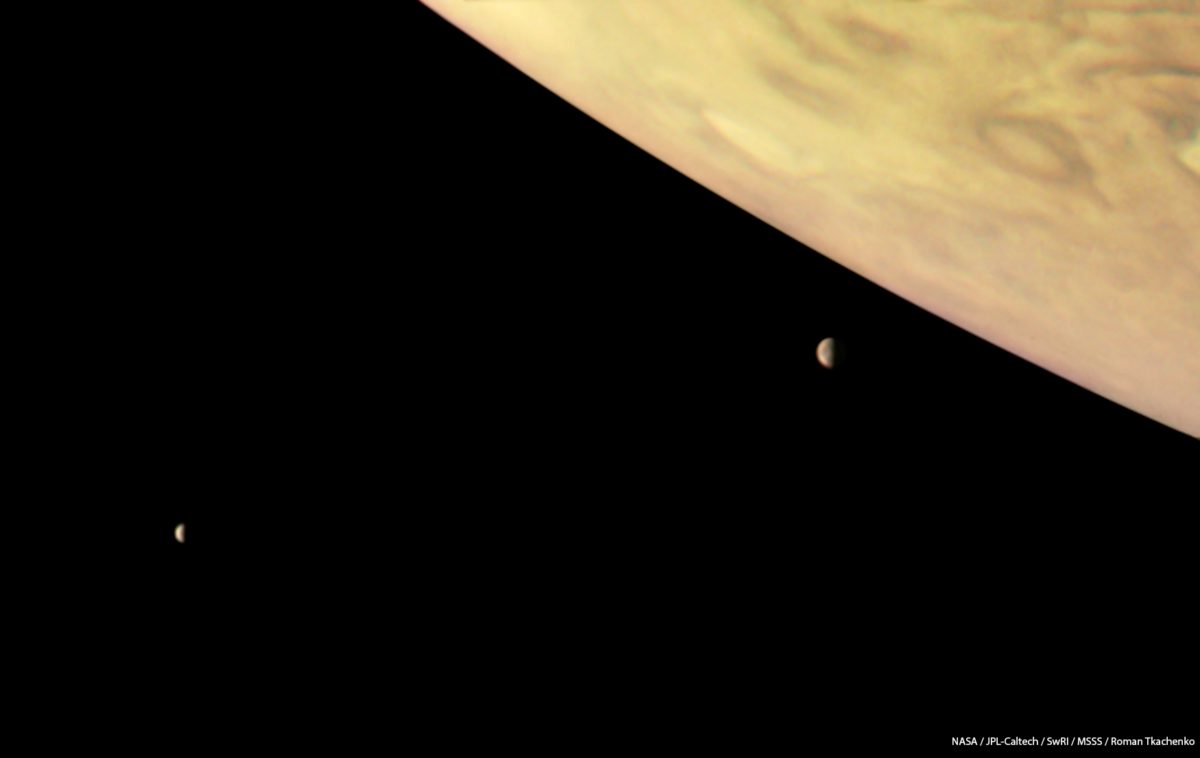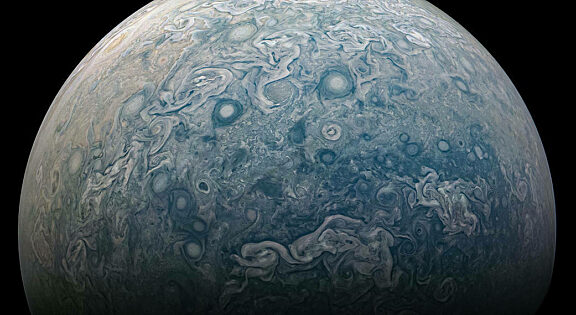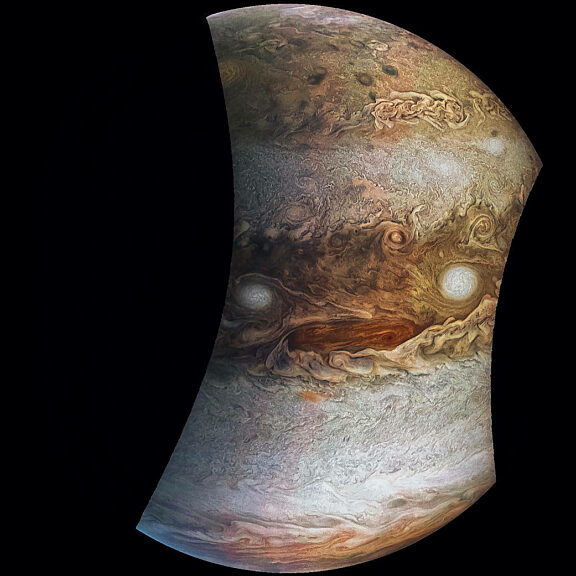The best Jupiter pictures from NASA’s Juno mission

Written by
Rae Paoletta
Director of Content & Engagement, The Planetary Society
June 2, 2021
Jupiter is a coffee-and-cream-covered swirl of secrets. Beneath its undulating cloud bands are stories we’re only beginning to understand.
NASA’s Juno spacecraft has been critical to solving these mysteries. For the last five years, the probe has been capturing stunning images of the gas giant using its JunoCam. Although Juno didn’t technically need the camera to accomplish its main science objectives, the mission’s team agreed it would be important for public outreach.
With the help of some talented image processors and citizen scientists, Juno has allowed us to see our solar system’s oldest planet in a completely new way.
As Juno prepares to embark on its extended mission, here are our favorite pictures from its journey so far:










Last but certainly not least:

Support our core enterprises
Your gift today will go far to help us close out the year strong and keep up our momentum in 2026.
Donate

 Explore Worlds
Explore Worlds Find Life
Find Life Defend Earth
Defend Earth

